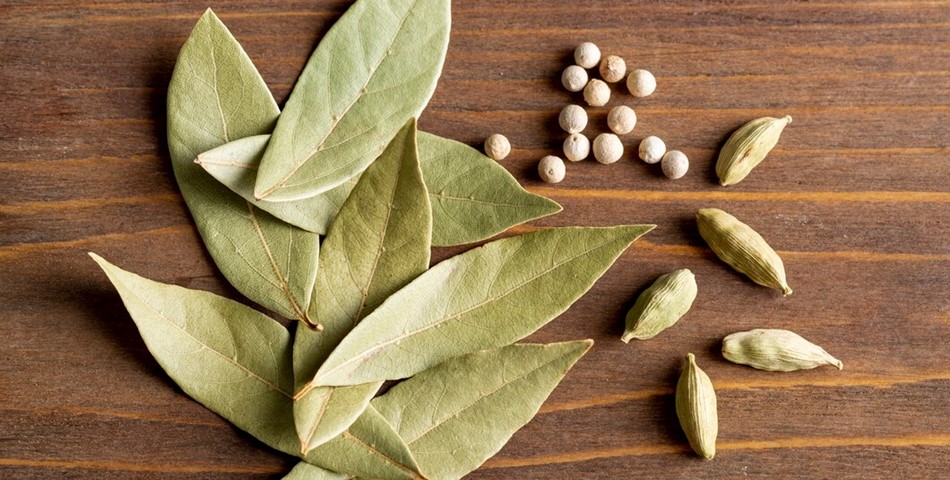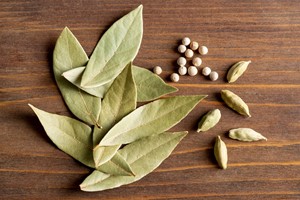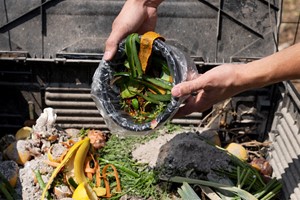The Bay Leaf Market is experiencing a robust surge, fueled by a burgeoning awareness of its culinary versatility and health-promoting properties. With its roots deeply entrenched in culinary traditions and herbal medicine, bay leaves, derived from the Laurus Nobilis tree, have garnered attention for their multifaceted benefits amidst evolving consumer preferences towards natural and sustainable ingredients.
According to Future Market Insights’ research, the Bay Leaf Market is poised to witness a compound annual growth rate (CAGR) of 4.0% over the forecast period, projecting a significant increase in value from US$ 827.3 million in 2023 to US$ 1,224.6 million in 2033. In 2022, the market already boasted a value of US$ 782.7 million.
The scientific understanding of bay leaves reveals their origins in the Mediterranean region, where the Laurus Nobilis tree thrives. However, the global climate's shifting dynamics have led to a decline in laurel tree populations. Bay leaves come in various types, including those from Indonesian laurel, California, Mexico, the West Indies, and India. Historically, these leaves have been utilized for culinary and medicinal purposes, finding their way into an array of dishes such as stews, soups, pastries, and sauces.
Beyond their culinary applications, bay leaves possess a spectrum of health benefits. They exhibit hypoglycemic, anti-bacterial, anti-fungal, and anti-ulcerogenic properties, aiding in the management of diabetes, digestion improvement, respiratory health, inflammation reduction, and stress alleviation. Additionally, bay leaf oil finds utility in aromatherapy due to its potent scent, fostering long-term growth.
The market's expansion is driven by several factors, prominently the growing demand for culinary applications in the Asia-Pacific and Mediterranean regions. Furthermore, bay leaves' incorporation in the food and beverage industries and the cosmetics sector, particularly in hair health products, further propels market growth. Consumers' increasing health consciousness, coupled with concerns regarding excessive use of pharmaceutical and nutraceutical products, underscores the rising popularity of natural remedies like bay leaves.
Despite its promising trajectory, the Bay Leaf Market faces challenges, notably the potential confusion among consumers regarding toxic plants within the same family. However, concerted efforts towards education and awareness can mitigate such concerns.
Geographically, the market spans six key regions: North America, Latin America, Europe, Asia-Pacific (APEJ), Japan, and the Middle East & Africa. Asia-Pacific emerges as a dominant force, driven by factors such as rapid economic development, globalization, and heightened demand for spices in the food and beverage industry. The region's burgeoning production capacity for bay leaves, coupled with increasing consumption in food, beverage, and pharmaceutical sectors, solidifies its position as a key player in the global market.
Future Market Insights














